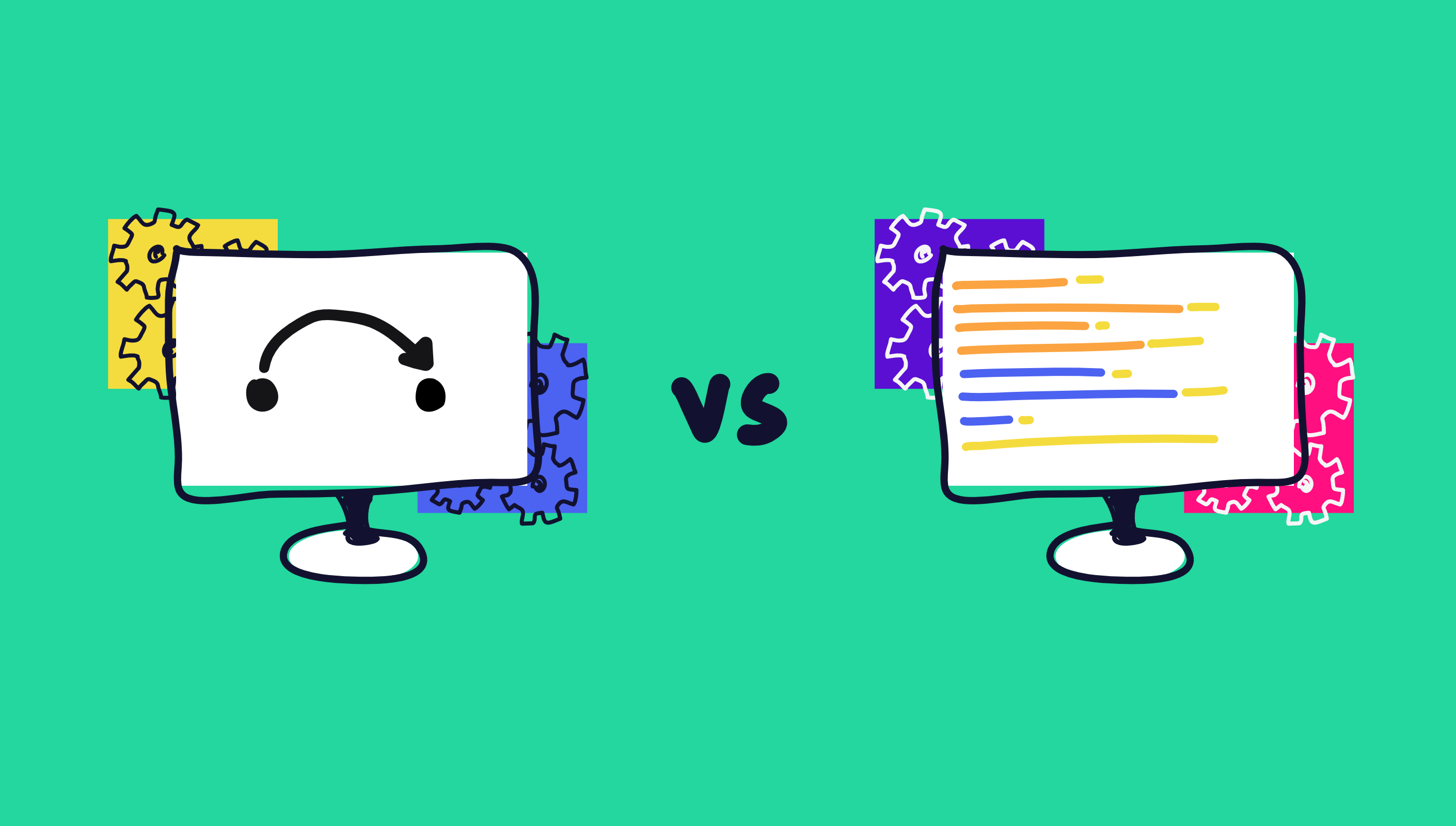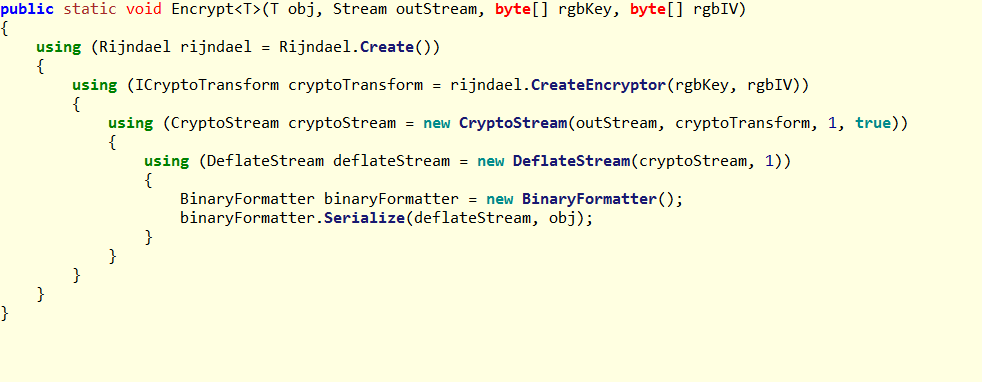-->
- This is a collection of DataTables. We use the DataSet type to store many DataTables in a single collection. Conceptually, the DataSet acts as a set of DataTable instances. DataSet simplifies programs that use many DataTables. To effectively use the DataSet, you will need to have some DataTables handy.
- In this tutorial, you'll learn how to do file IO, text and binary, in C, using fopen, fwrite, and fread, fprintf, fscanf, fgetc and fputc. FILE. For C File I/O you need to use a FILE pointer, which will let the program keep track of the file being accessed. (You can think of it as the memory address of the file or the location of the file).
- For the most part, only the first entry - the bdaddr field, which gives the address of the detected device - is of any use. Occasionally, there may be a use for the devclass field, which gives information about the type of device detected (i.e. If it's a printer, phone, desktop computer, etc.) and is described in the Bluetooth Assigned Numbers.
- To use these functions, we need a variable capable of storing a variable-length argument list-this variable will be of type valist. Valist is like any other type. For example, the following code declares a list that can be used to store a variable number of arguments. Valist alist; vastart is a macro which accepts two arguments, a va.
In this article, let us discuss how to debug a c program using gdb debugger in 6 simple steps. Write a sample C program with errors for debugging purpose. To learn C program debugging, let us create the following C program that calculates and prints the factorial of a number. However this C program contains some errors in it for our debugging.
Provides a convenient syntax that ensures the correct use of IDisposable objects. Beginning in C# 8.0, the using statement ensures the correct use of IAsyncDisposable objects.
Example
The following example shows how to use the using statement.
Beginning with C# 8.0, you can use the following alternative syntax for the using statement that doesn't require braces:


Remarks
How To Use C Code In C++ - Stack Overflow
File and Font are examples of managed types that access unmanaged resources (in this case file handles and device contexts). There are many other kinds of unmanaged resources and class library types that encapsulate them. All such types must implement the IDisposable interface, or the IAsyncDisposable interface.
When the lifetime of an IDisposable object is limited to a single method, you should declare and instantiate it in the using statement. The using statement calls the Dispose method on the object in the correct way, and (when you use it as shown earlier) it also causes the object itself to go out of scope as soon as Dispose is called. Within the using block, the object is read-only and can't be modified or reassigned. If the object implements IAsyncDisposable instead of IDisposable, the using statement calls the DisposeAsync and awaits the returned ValueTask. For more information on IAsyncDisposable, see Implement a DisposeAsync method.
The using statement ensures that Dispose (or DisposeAsync) is called even if an exception occurs within the using block. You can achieve the same result by putting the object inside a try block and then calling Dispose (or DisposeAsync) in a finally block; in fact, this is how the using statement is translated by the compiler. The code example earlier expands to the following code at compile time (note the extra curly braces to create the limited scope for the object):
The newer using statement syntax translates to similar code. The try block opens where the variable is declared. The finally block is added at the close of the enclosing block, typically at the end of a method.
See Full List On Data-flair.training
For more information about the try-finally statement, see the try-finally article.
Multiple instances of a type can be declared in a single using statement, as shown in the following example. Notice that you can't use implicitly typed variables (var) when you declare multiple variables in a single statement:
You can combine multiple declarations of the same type using the new syntax introduced with C# 8 as well, as shown in the following example:
You can instantiate the resource object and then pass the variable to the using statement, but this isn't a best practice. In this case, after control leaves the using block, the object remains in scope but probably has no access to its unmanaged resources. In other words, it's not fully initialized anymore. If you try to use the object outside the using block, you risk causing an exception to be thrown. For this reason, it's better to instantiate the object in the using statement and limit its scope to the using block.

For more information about disposing of IDisposable objects, see Using objects that implement IDisposable.
C# language specification
For more information, see The using statement in the C# Language Specification. The language specification is the definitive source for C# syntax and usage.